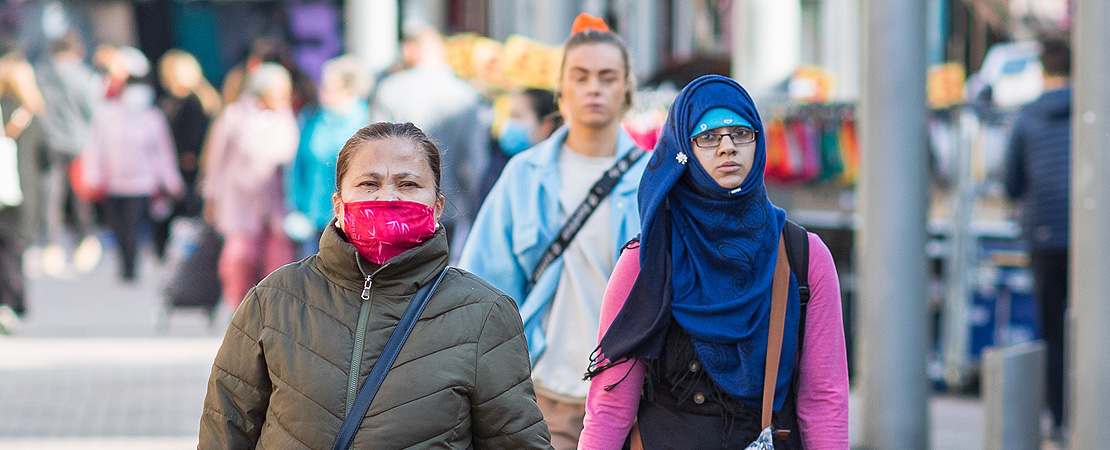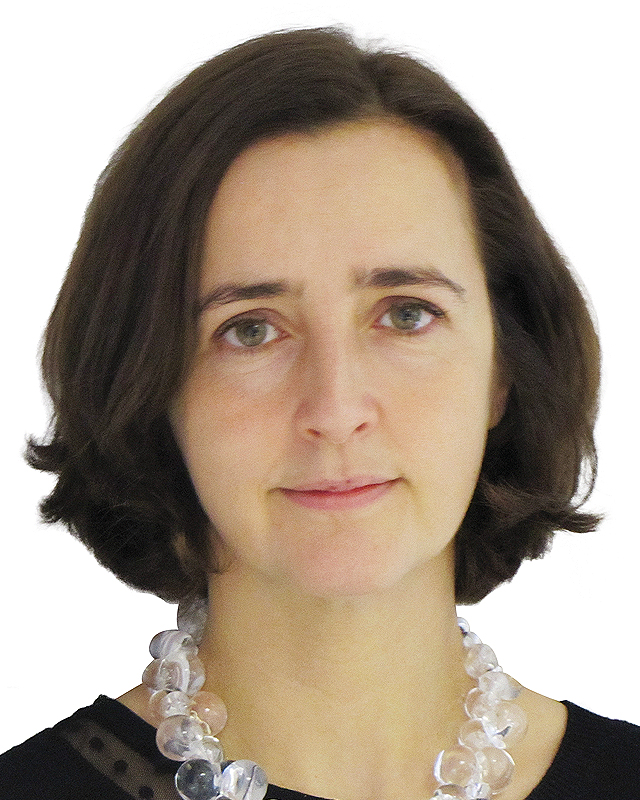The NHS touches all our lives. Hailed a ‘national treasure,’ we know it will always be there for us, dependable in an emergency, free at the point of delivery and there when we need it the most. But what if it wasn’t? What if you didn’t understand how to access it, were afraid of making contact because of stigma or discrimination, or were simply unable to register for care because you didn’t own a laptop or have a fixed address?
These were some of the barriers highlighted by a group of female refugees during a workshop that I observed back in March.
The research was part of a piece of work that NHS SCW had been commissioned to deliver by NHSE. It involved developing a framework to enable greater access to and improved experiences of healthcare for those who are socially excluded, and who typically experience multiple interacting risk factors for poor health, such as stigma, discrimination, poverty, violence, and complex trauma.
The term used to describe these groups of people is ‘inclusion health.’ They include people who experience homelessness, those with drug and alcohol dependence, migrants and refugees, Gypsy, Roma, and Traveller communities, as well as people in contact with the prison and justice system, sex workers, victims of modern slavery and other marginalised groups.
These groups are at the extreme end of deprivation and tend to experience poor provision of healthcare services due to multiple barriers often related to the way that healthcare is designed. This means that those needing medical care the most are often the least likely to receive it. This results in significantly poorer health outcomes and earlier death with mortality rates 12 times higher in women in inclusion health groups compared with the general population, and 8 times higher in men (The Lancet, January 2018).
It is therefore no surprise that NHS England has published the framework seeking action from systems to tackle this issue.
The document, produced by the NHS SCW Health Inequalities and Improvement team is entitled ‘A framework for NHS action on inclusion health’ and is a cumulation of months of work.
We began in early 2023 where we agreed our approach to put people with lived experience at the heart of the framework’s development. We met and spoke to people who had experienced homelessness, female refugees and migrants, sex workers and the traveller community, as well as other marginalised groups. Our focus? Finding out what mattered to them when developing healthcare services and what challenges they faced when engaging with the NHS.
Observing the discussions in the workshops was fascinating and opened our eyes to the extreme difficulties these people face every day to access the health services that most of us take for granted.
They told us that…
• They didn’t always have the technology, IT skills or confidence to use digital access to services.
• They felt discriminated against because of their personal circumstances, background or culture.
• Because of language barriers, NHS communication is difficult to understand.
• There is lack of trust in the NHS because of past negative experiences.
• Because of this lack of trust, they are less likely to engage with services until crisis point.
• They felt powerless and overloaded with information.
We also spoke to professionals involved in delivering services – the NHS, charities and community groups and looked at some of the exciting work taking place across England to improve access to services.
We were astounded by the number of projects happening across England. We received more than 90 case studies of best practice from across the country ranging from responsive and innovative outreach work, effective leadership strategies, and the creation of united powerful cross-organisational networks with a common objective to improve healthcare for this marginalised group.
Some of these projects were written up into case studies to be featured as best practice examples within the framework itself, bringing the document to life with real practical experiences and learnings.
As a result of our research and engagement with people with lived experience and stakeholders, we developed a set of five memorable principles for action that had support and buy-in from the entire system. These underpinned the framework and served as a clear and simple guide for system leaders highlighting ‘what good looks like.’
Once we had written the first draft of the document, we engaged partners for feedback - managing and reviewing hundreds of comments and edits and creating a system to keep on top of version control – which those of you who have worked on similar documents, will know is an almighty challenge in itself!
All of these outputs cumulated into the publication of the framework. A framework with an important purpose, and one that we are proud to have created, relishing the challenge from start to finish.
To find out more about the work contact










